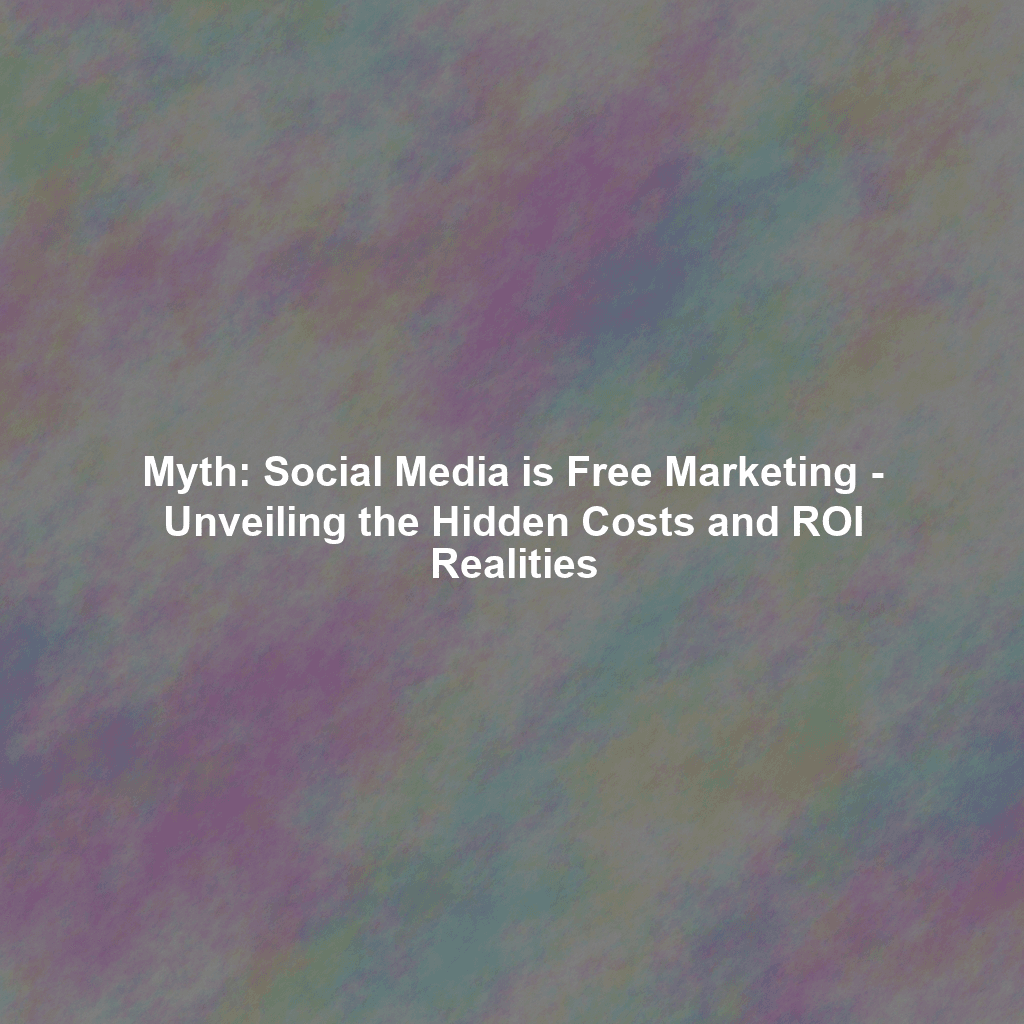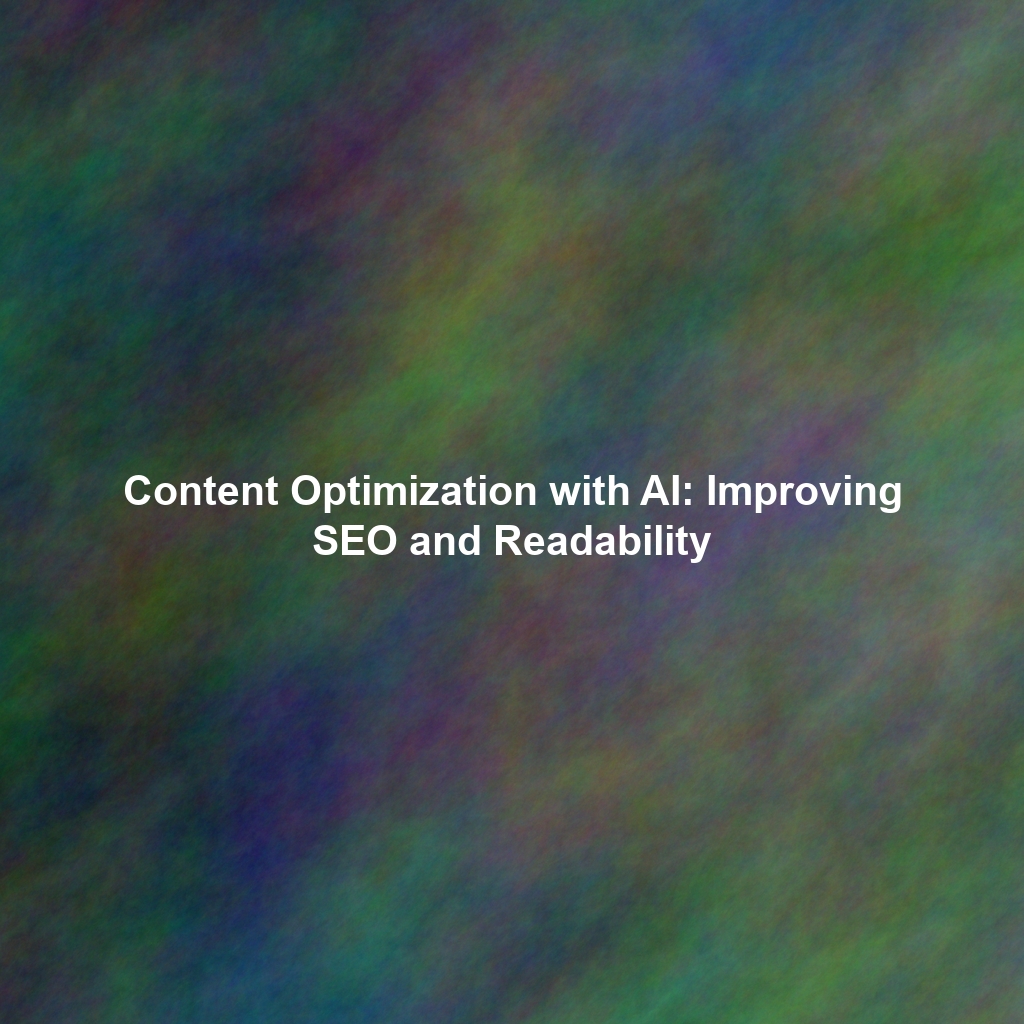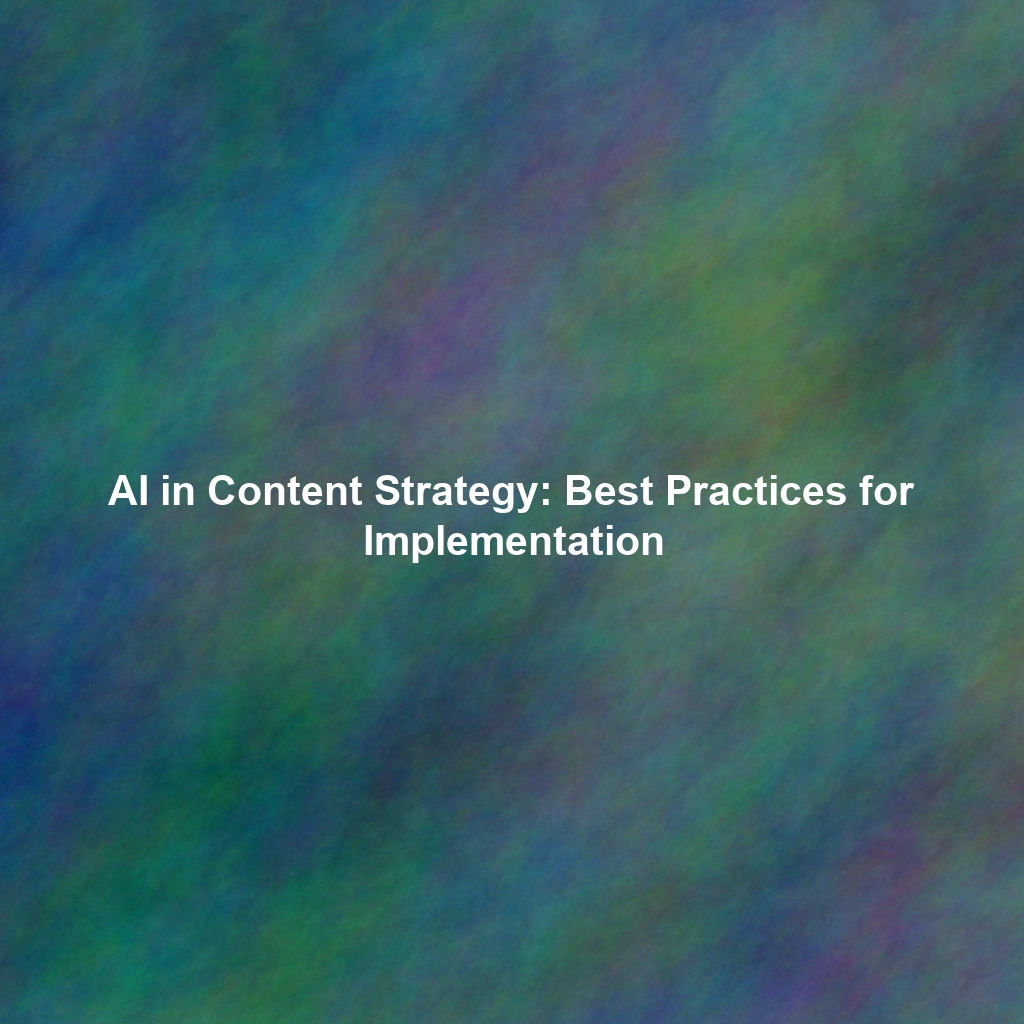In reality, social media marketing is a complex, multifaceted discipline that demands significant investment – not just in monetary terms, but also in time, talent, and strategic foresight. To truly harness its power and achieve meaningful business objectives, one must peel back the layers and expose the hidden costs and the often-elusive ROI realities that many marketers, entrepreneurs, and even seasoned executives frequently overlook. This article aims to dismantle the “free” illusion, providing a transparent breakdown of the true investments required to transform social media into a powerful engine for business growth.
The Illusion of Free: Unmasking the Hidden Costs of Social Media
While the initial act of setting up a social media profile on platforms like Facebook, Instagram, LinkedIn, or TikTok might indeed cost you zero dollars, the journey from a dormant profile to a thriving, effective, and revenue-generating social media presence requires a substantial and ongoing investment. This isn’t a one-time setup; it’s a continuous commitment of resources. Here’s a detailed breakdown of the often-overlooked and underestimated costs that accumulate rapidly:
1. Content Creation: Time, Talent, and Tools – The Lifeblood of Engagement
Creating engaging, high-quality, and relevant content is not merely a task; it is the absolute lifeblood of any successful social media strategy. This isn’t just about snapping a quick photo on your phone and posting a witty caption. It’s a strategic, iterative process that demands significant resources. The hidden costs here stem from the specialized skills, dedicated time, and necessary tools involved:
- Planning and Strategy Development: Before a single piece of content is created, there’s a critical phase of strategic planning. This involves deep dives into market research to define your target audience with precision, understanding their pain points, desires, and preferred content formats. It also includes developing a comprehensive content calendar, mapping out themes, campaigns, and posting schedules. This strategic groundwork requires experienced personnel who can translate business goals into actionable content plans.
- Creative Development and Execution: This is where the magic happens, but it comes at a cost. Producing compelling visuals—professional-grade photography, captivating videos, informative infographics, and eye-catching animations—requires skilled creatives. Writing engaging, concise, and brand-aligned copy that resonates with your audience and drives action is an art form in itself. Each platform often demands unique content styles and formats, adding to the complexity.
- Graphic Design: Beyond simple images, a strong social media presence relies on consistent branding and visually appealing graphics. This necessitates graphic designers who can create custom templates, design call-to-action buttons, and produce visually cohesive elements that reinforce your brand identity. This could involve subscriptions to design software (e.g., Adobe Creative Suite, Canva Pro) or hiring freelance designers.
- Video Production and Editing: Video content dominates social media engagement. From short, snappy Reels and TikToks to longer educational videos for YouTube or LinkedIn, video production is resource-intensive. This includes scripting, shooting (requiring equipment like cameras, lighting, microphones), editing (software, skilled editors), and post-production (motion graphics, sound design). Even if done in-house, the time and skill required are substantial.
- Content Writing and Curation: Crafting compelling blog posts, articles, long-form social media updates, and even micro-copy for ads requires skilled content writers. Furthermore, curating relevant external content to share with your audience, while seemingly simple, involves research, vetting, and proper attribution.
All of this requires significant time, specialized skills, and potentially, a dedicated team of talented individuals (writers, designers, videographers, strategists). Even if you, as a business owner or marketer, handle some aspects yourself, your time has a tangible value. Consider the opportunity cost – what else could you be doing with those precious hours that could directly generate revenue or improve core business operations? The perceived “free” content often comes at the expense of other critical business activities.
Anecdote: The Solo Entrepreneur’s Content Burnout
Maria, a passionate artisan selling handmade jewelry online, initially believed social media would be her free marketing savior. She spent hours daily trying to create stunning product photos, write engaging captions, and learn video editing for Reels. “I thought I was saving money,” she recounted, “but I was so exhausted from content creation, I barely had time to actually *make* jewelry or fulfill orders. My ‘free’ marketing was costing me my productivity and my sanity. I eventually had to hire a part-time content assistant, which was an unexpected but necessary expense.” This illustrates the hidden cost of time and the impact on core business functions.
2. Social Media Advertising: Pay-to-Play is the New Normal – Reaching Your Audience
The golden age of organic reach on social media platforms is largely over. Algorithms have evolved, prioritizing paid content and posts from friends and family. To truly reach your target audience, cut through the immense noise, and achieve scalable results, paid advertising is no longer optional; it’s often essential. This represents a direct monetary cost, but one that is crucial for visibility:
- Platform Ads (e.g., Facebook Ads, Instagram Ads, LinkedIn Ads, TikTok Ads): These are the most direct forms of paid social media. They involve setting a budget to run highly targeted advertisements based on demographics, interests, behaviors, and even custom audience lists. Effective ad campaigns require continuous monitoring, A/B testing of creatives and copy, audience segmentation, and ongoing optimization by skilled media buyers to ensure a positive return on ad spend (ROAS).
- Influencer Marketing: Collaborating with influencers—individuals with established credibility and a significant following—to promote your brand or products. While it can deliver authentic reach, it comes with costs for influencer fees, product samples, campaign management, and legal agreements. The cost varies wildly based on the influencer’s reach and niche.
- Sponsored Content and Partnerships: This involves partnering with other businesses, websites, or publications to create and promote content that reaches their audience. This could range from sponsored blog posts to co-branded campaigns, all of which typically involve direct payments or significant reciprocal value exchanges.
While you can start with a small budget for platform ads, successful and scalable campaigns require careful planning, sophisticated targeting, and ongoing optimization by experienced professionals. Failing to invest adequately in social media advertising is akin to opening a beautiful store in a bustling city but neglecting to put up any signage or run any promotions – nobody will find you, no matter how great your product. The “free” visibility of yesteryear has largely been replaced by a “pay-to-play” model.
3. Community Management: Building Relationships and Addressing Concerns – The Human Touch
Social media is fundamentally about building relationships and fostering a community, not merely broadcasting messages into the void. Effective community management is a continuous, time-consuming task that often requires dedicated personnel and a significant investment in responsiveness and empathy:
- Responding to Comments and Messages: This is a daily, sometimes hourly, commitment. Addressing customer inquiries, resolving complaints (both public and private), providing support, and fostering positive engagement requires prompt, thoughtful, and brand-aligned responses. Delays or generic replies can quickly damage brand reputation.
- Monitoring Brand Mentions and Sentiment: Beyond your own posts, you need to actively track what people are saying about your brand across the entire social web, even when they don’t tag you directly. This involves using social listening tools (which often come with subscription costs) to identify mentions, track sentiment (positive, negative, neutral), and respond appropriately to both praise and criticism.
- Engaging in Conversations: Proactive engagement means participating in relevant conversations, joining trending discussions, and building genuine relationships with influencers, industry peers, and loyal customers. This isn’t just reactive; it’s about being an active, valuable member of the online community.
- Managing Crisis Situations: Social media can turn a minor customer complaint into a full-blown PR crisis in minutes. Effective community management includes having a crisis communication plan and dedicated personnel who can respond quickly, transparently, and effectively to negative feedback, misinformation, or public relations challenges, mitigating potential damage to brand reputation.
This is a highly demanding task that often requires dedicated personnel with strong communication skills, brand knowledge, and emotional intelligence. Ignoring your community or responding poorly can quickly erode trust, damage your brand reputation, and alienate potential customers, making all your other marketing efforts futile. The “free” engagement can become very costly if mismanaged.
Strategic Insight: The Cost of Inaction
A study by Sprout Social found that 40% of consumers expect brands to respond within the first hour of reaching out on social media, and 79% expect a response within 24 hours. Failure to meet these expectations can lead to customer churn and negative brand perception. The cost of not investing in community management is often higher than the investment itself.
4. Analytics and Reporting: Measuring Success and Identifying Areas for Improvement – The Data Imperative
You cannot improve what you don’t accurately measure. Tracking your social media performance is not just good practice; it’s absolutely essential for understanding your ROI, justifying your investment, and continuously optimizing your strategy. This requires specific tools and analytical expertise, which contribute to the hidden costs:
- Analytics Tools: While social media platforms offer basic native analytics, comprehensive insights often require investing in third-party analytics tools (e.g., Hootsuite, Sprout Social, Brandwatch, Google Analytics integrations). Free tools offer limited insights; paid tools provide more comprehensive data, competitive benchmarking, and advanced reporting capabilities.
- Data Analysis and Interpretation: Raw data is meaningless without expert analysis. This involves skilled personnel who can interpret complex data sets, identify trends, understand what content is resonating, pinpoint where efforts are falling short, and extract actionable insights. This requires analytical prowess and a deep understanding of marketing metrics.
- Reporting and Communication: Translating complex data into clear, concise reports that communicate progress, justify investment, and inform future strategy for stakeholders (e.g., management, clients) is another time-consuming task. Effective reporting ensures accountability and continued budget allocation.
Without proper analytics and reporting, you are essentially flying blind. You won’t know what’s truly resonating with your audience, where your efforts are falling short, or how to optimize your campaigns for maximum impact and a positive ROI. This lack of insight can lead to wasted resources and missed opportunities, making the “free” social media a very inefficient endeavor.
Measuring ROI: Proving the Value of Social Media Marketing
Demonstrating the Return on Investment (ROI) of social media marketing can be challenging due to its often indirect nature, but it is absolutely crucial for justifying your investment, securing future budgets, and proving the tangible value of your efforts. It moves social media from a perceived expense to a strategic asset. Here are some key strategies to effectively measure ROI:
- Define Clear, Measurable Goals: Before launching any social media activity, clearly define what you want to achieve. Goals must be SMART (Specific, Measurable, Achievable, Relevant, Time-bound). Do you want to increase brand awareness, drive website traffic, generate leads, boost direct sales, improve customer service, or enhance brand sentiment? Each goal will dictate the metrics you track.
- Track Key Metrics Aligned with Goals: Focus on metrics that directly correlate with your defined goals.
- Brand Awareness: Reach, impressions, follower growth, mentions.
- Website Traffic: Clicks to website, referral traffic from social media.
- Lead Generation: Form submissions, sign-ups, downloads attributed to social.
- Sales/Conversions: E-commerce sales, app installs, direct purchases.
- Engagement: Likes, comments, shares, saves, video views, click-through rates.
- Customer Service: Response time, resolution rate, sentiment of interactions.
- Utilize UTM Parameters for Tracking: For any links shared on social media that direct users to your website, always use UTM (Urchin Tracking Module) parameters. These small snippets of code appended to your URLs allow analytics tools (like Google Analytics) to precisely track the source, medium, and campaign that drove the traffic, giving you clear insights into which social media efforts are driving website visits and conversions.
- Implement Robust Attribution Models: Understanding how social media contributes to conversions often requires sophisticated attribution models. Is social media the first touchpoint, a mid-funnel influence, or the last click before conversion? Multi-touch attribution models (e.g., linear, time decay, position-based) help distribute credit across all touchpoints in the customer journey, providing a more holistic view of social media’s impact beyond just direct last-click conversions.
- Calculate ROI: Once you have tracked revenue or value generated (e.g., lead value, customer lifetime value from social-driven customers) and total costs (including content creation, advertising, tools, and personnel time), you can calculate the ROI.
ROI = (Revenue Generated from Social Media - Total Social Media Costs) / Total Social Media Costs * 100%Even if direct revenue isn’t the primary goal, assign monetary value to other outcomes (e.g., cost savings from improved customer service, value of a lead, brand equity). This allows for a more comprehensive understanding of social media’s financial impact.
Optimizing Your Social Media Campaigns: Maximizing Effectiveness
To truly maximize your ROI and ensure your social media efforts are continuously improving, a commitment to ongoing optimization based on data and insights is paramount. This isn’t a “set it and forget it” strategy; it’s an iterative process of testing, learning, and refining:
- A/B Test Everything: Never assume what will work best. Continuously A/B test different headlines, ad copy variations, visual creatives (images, videos), call-to-action buttons, target audiences, and even posting times. Small tweaks based on data can lead to significant improvements in performance and efficiency.
- Refine Your Audience Targeting: Social media platforms offer incredibly granular targeting options. Continuously refine your audience segments based on performance data. Exclude audiences that aren’t converting, expand into lookalike audiences, and experiment with new interest-based targeting to reach the most receptive users with your message.
- Optimize Your Content Strategy: Based on your analytics, double down on content formats, topics, and styles that resonate most with your audience (high engagement, clicks, shares). Experiment with new trends (e.g., short-form video, live streams, interactive polls) and adapt your content calendar to reflect what your audience truly wants to consume.
- Engage with Your Community Proactively: Don’t just react; initiate conversations. Ask questions, run polls, host Q&A sessions, and actively participate in relevant discussions. The more you engage, the stronger your community becomes, leading to increased organic reach and brand loyalty.
- Continuously Analyze and Adapt: Social media algorithms and trends are constantly evolving. Regularly review your performance data (weekly, monthly, quarterly) and be prepared to make strategic adjustments. What worked last month might not work this month. Stay agile, informed, and responsive to changes in the social media landscape and your audience’s behavior.
Anecdote: The Data-Driven Turnaround
A mid-sized e-commerce brand was struggling with its social media ads. They were spending money but seeing minimal sales directly attributed to social. Their marketing manager, after a deep dive into analytics, realized their ad creatives were too generic and their targeting was too broad. They started A/B testing specific product images against lifestyle shots, segmenting audiences by purchase history, and refining ad copy to address specific pain points. Within three months, their social media ROAS (Return on Ad Spend) improved by 40%, turning a loss-making channel into a profitable one. “It wasn’t about spending more,” the manager noted, “it was about spending smarter, guided by data.”
Conclusion: Investing Wisely for Sustainable Success
While social media undoubtedly offers tremendous potential for reaching a vast audience, building a powerful brand, and driving business outcomes, it is a critical misconception to view it as a “free” lunch or a low-effort endeavor. The hidden costs—in time, talent, tools, and direct advertising spend—are substantial and must be accounted for in any realistic marketing budget. Ignoring these investments leads not to savings, but to inefficiency, frustration, and ultimately, a failure to capitalize on social media’s true power.
By embracing a strategic, data-driven approach, understanding the full spectrum of costs, measuring ROI effectively through clear goals and robust analytics, and continuously optimizing your campaigns, you can transform your social media efforts from a perceived expense into a valuable, profitable, and indispensable investment. It requires a mindset shift from casual posting to professional management, from hoping for results to systematically achieving them. Embrace this reality, invest wisely, and you’ll be well on your way to achieving sustainable success and a genuine competitive advantage in the ever-evolving, dynamic, and profoundly impactful world of social media marketing.
 Skip to content
Skip to content

